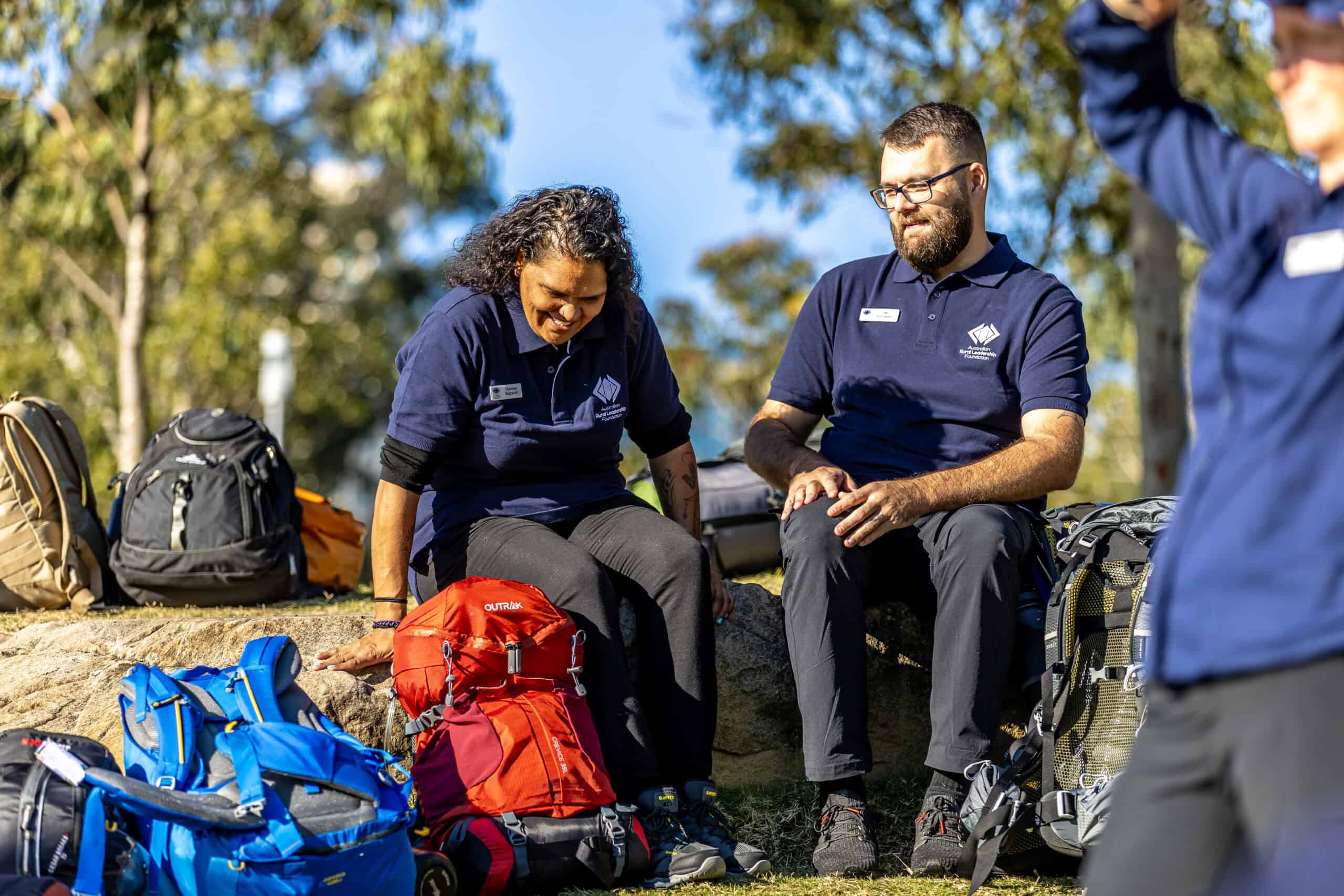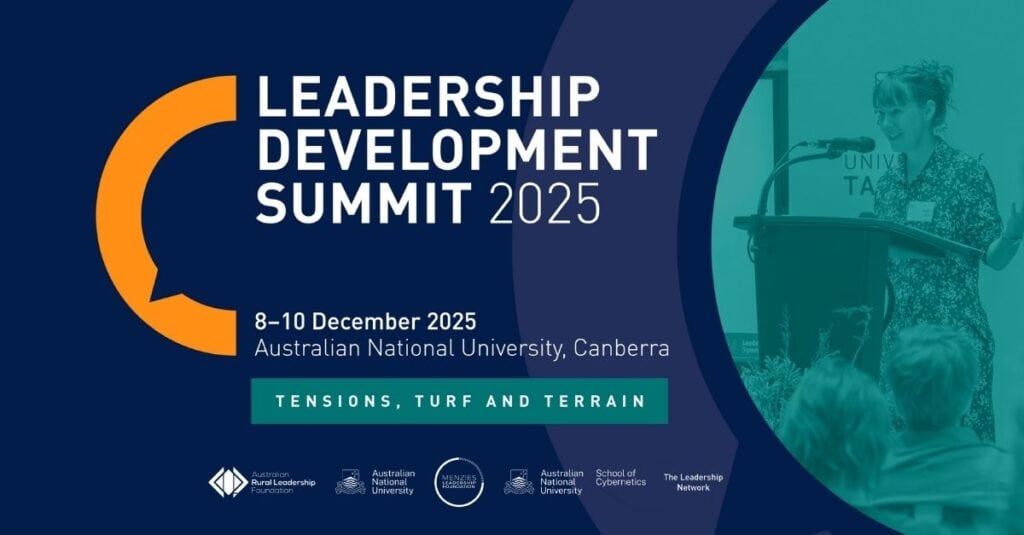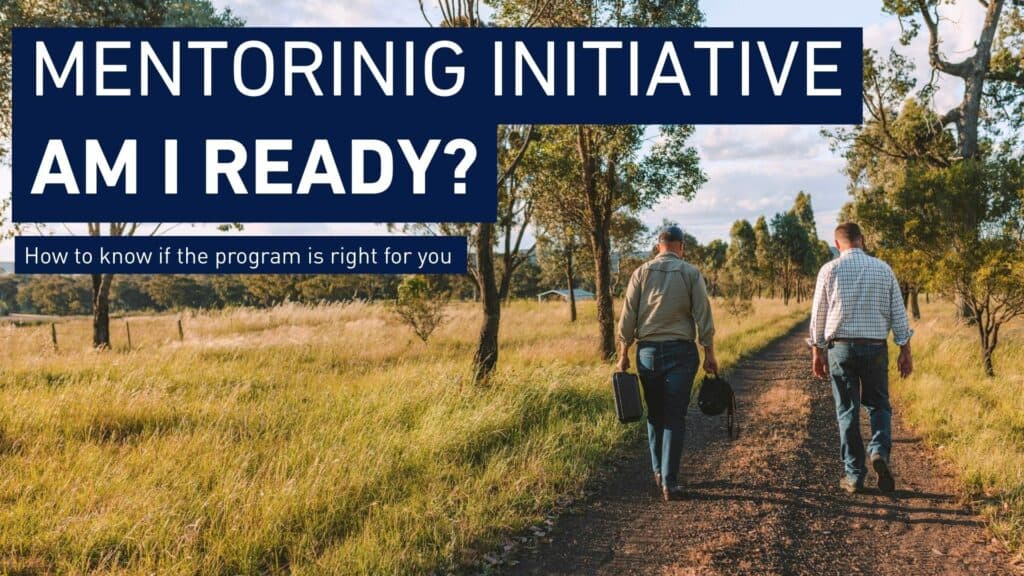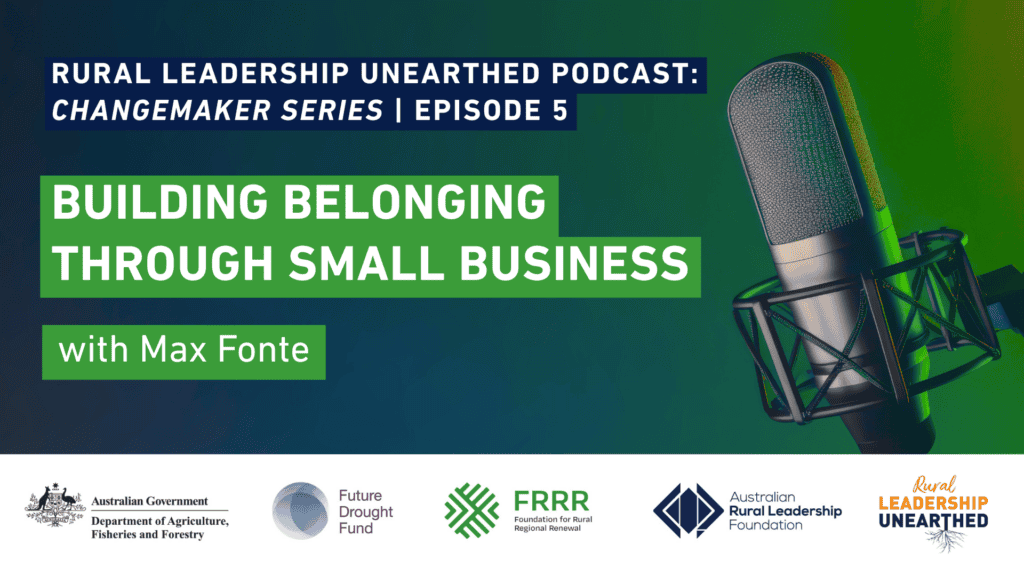How far can we push the counterculture in leadership development?
When the Australian Rural Leadership Foundation (ARLF) was founded over 30 years ago, the vision was to build the most in-depth leadership development experience in the country. Why? At that time evidence pointed strongly to the need for leadership for rural industries and communities to navigate their future – and there were very few opportunities for rural, regional and remote Australians to develop. Founding team members Mike Beckingham and John Quantrill drew from their background in the armed forces and other contemporary concepts and practices around the globe to design the Australian Rural Leadership Program (ARLP).
These ingredients combined to form what remains the longest and most in-depth leadership development program in the country. At over 60 days and seven face-to-face deeply immersive leadership sessions over an 18-month period, the ARLP broke new frontiers in Australia and globally. At close to 50 days in four sessions over 15 months, today’s version of the original remains almost double the length of similar programs in Australia. There are leadership development programs in North America of similar length, but generally sessions are up to three days rather than up to thirteen as is the case for the ARLP.
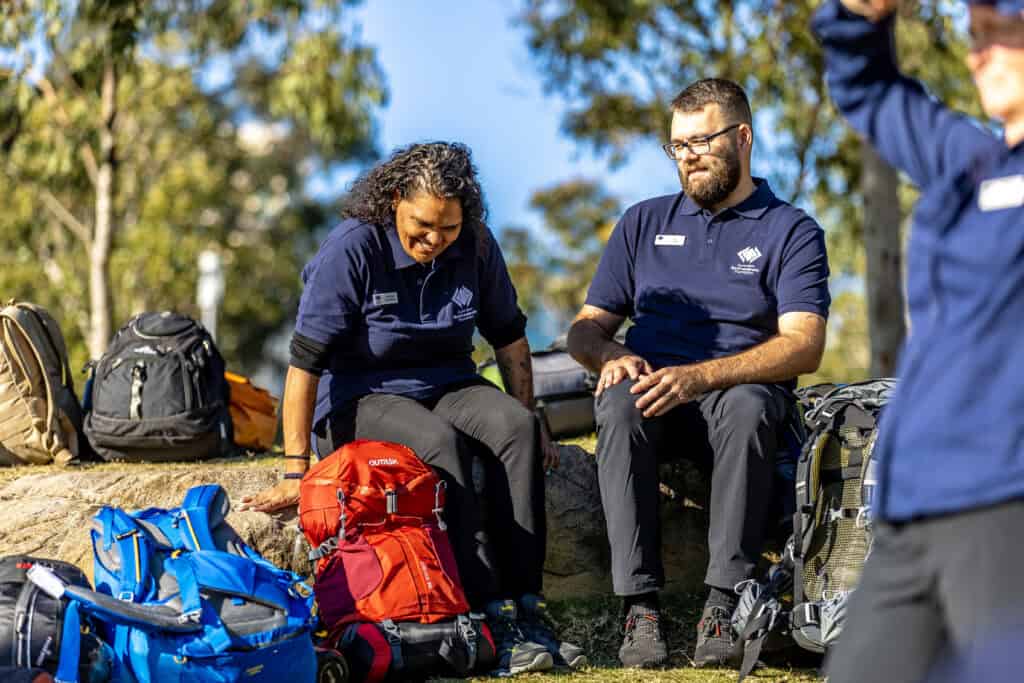
Why program length matters
ARLF’s challenge-based experiential learning model provides an environment where groups of participants can build behavioural (the extent to which they both understand themselves and can choose to change their behaviour) and social (understanding others, moving to affiliation and understanding that leadership is a collective act) intelligence. Sufficient depth of experiential in real-life settings and the opportunity to experiment in their own context in between sessions are required to provide a solid platform for behavioural and social intelligence maturity.
Since these beginnings, the ARLF has itself responded to a changing context and grown in our approach. Today we are involved in many other leadership development offerings, from programs like Milparanga Established and Emerging, Australian Agribusiness Leadership Program and TRAIL Emerging Leaders Program to our growing involvement with a host of regional communities across Australia in helping them build resilience and adaptability in the face of change. While all other programs are shorter than the ARLP, they are couched in the same theory and approach.
How shorter programs fit in
As the world changes, the demand in leadership development, and capability-building more generally, changes. Generally, this has driven demand for shorter offerings, growing online learning platforms, micro-learning, generative AI and virtual reality/gamification. It has also led to more self-directed learning and immersive experiences (although mostly this is virtual immersion where we see the benefits of real life immersion). Some of these trends are unsurprising given societally we have shifted to personalised experiences and shorter attention spans. This should be no surprise – social media and many other elements of modern life have undermined our ability to concentrate (for further reading go to; Stolen Focus: Why You Can’t Pay Attention by Johann Hari). This trend has been clear in our own experience at the ARLF. In our vital work with the Australian Government through the Future Drought Fund (Helping Regional Communities Prepare for Drought Initiative), when we worked with regional community organisations and gave them a range of leadership and development options, the vast majority chose the shortest form offering. There is nothing wrong with this, in fact this program has been very successful and yet, what impact could be experienced from working with these communities a bit longer?
And so here is the rub – to continue with what we know works and has worked for many years and remains vital in today’s world may be seen as countercultural – that is , we continue to seek depth/complexity at a time where the dominant culture is moving towards shorter, more personalised experiences. We can continue to make changes and adjustments, expand our sense of experiential to include more virtual reality and gamification or indeed just follow where society is taking us and just offer micro experiences with limited in-person shared learning. This may make commercial sense but how will it help us meet our mission? Will this truly lead to a more thriving rural, regional and remote Australia? What is our moral obligation?
We will continue to explore what path we need to tread in an ever-changing context. We know when people immerse in our programs, they may not be aware on starting that they been craving the time and space to be, to reflect and to experiment with different approaches. When provided the opportunity they are often like someone emerging from the desert to drink deeply from the well. Perhaps these small steps will become something larger and more broadly across society people will seek longer, more in-depth experiences. Perhaps we have a role to play, with others in shaping and informing a counterculture that could become more the norm.



